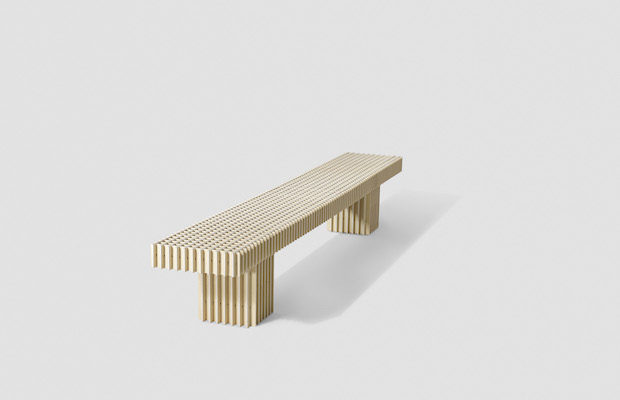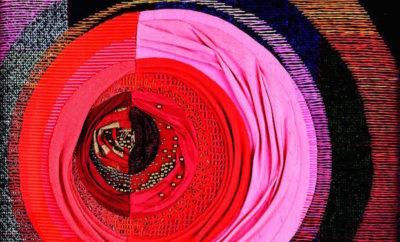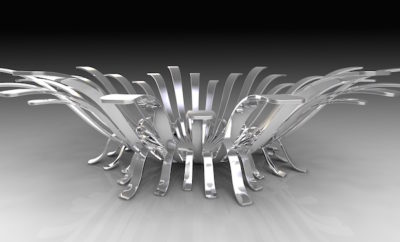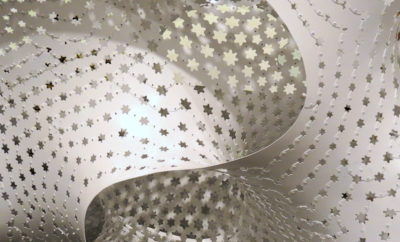
Feature
The New Plat du Jour: Leftovers
RECYCLING, THE PROCESS OF PUTTING waste materials to new uses, has been a common practice for most of human history; Plato advocated it way back in 400 BC. But it became a central and urgent concern in the modern world in the late 1960s and ’70s because of the massive amounts of waste that industrial economies were producing. Soon, just recycling wasn’t sufficient. In the 1990s William McDonough and Michael Braungart began preaching the doctrine of cradle to cradle. It wasn’t enough to reuse; they proposed a closed loop, creating products that may be continually reused and recycled. Today, that concept has morphed into the now-popular circular economy, a business philosophy that aims to move industry from a take-make-dispose model to one where materials are continuously repurposed. New technology has been essential. But designers from around the world have seized the moment and are taking the concept into new territories.













